Building a customer loyalty program that drives business growth is crucial in today’s competitive market. A well-designed program can significantly boost customer retention, encouraging repeat business and positive word-of-mouth.

To create a successful program, businesses must understand their target audience and tailor their strategy accordingly. This involves offering rewards that resonate with customers and fostering a sense of community.
By implementing a thoughtful and engaging program, companies can strengthen their customer relationships and drive long-term growth.
Table of Contents
What’s wrong with traditional punch cards?
Traditional punch cards have several drawbacks. They are prone to physical damage like bending or tearing, which can cause data loss. They store very limited information, making large-scale data processing inefficient. Additionally, they require manual handling and specialized machines to read, which is slow and error-prone compared to modern digital storage methods. Overall, punch cards are outdated, cumbersome, and not practical for today’s computing needs.
Why do digital loyalty programs perform better?
Digital loyalty programs perform better because they leverage technology to provide personalized experiences, real-time rewards, and seamless engagement. Unlike traditional programs, digital platforms can track customer behavior, tailor offers to individual preferences, and make redemption easy through apps or online portals. This instant gratification and convenience drive higher participation, repeat purchases, and stronger customer loyalty.
Ready to Boost Your Business with Loyal Customers?

Have you ever wondered why some brands enjoy repeat customers while others constantly chase new ones? The secret often lies in an expertly crafted loyalty program. How to Build a Customer Loyalty Program That Actually Works is more than just a strategy—it’s your roadmap to turning first-time buyers into lifelong advocates. By understanding your audience, offering rewards that truly resonate, and creating an engaging, gamified experience, you can cultivate a community of loyal customers who not only return but also spread the word about your brand.
From points-based rewards and tiered memberships to VIP perks and experiential incentives, the right loyalty program aligns with your business goals while providing measurable ROI. Companies that invest in loyalty programs see higher customer retention, increased average order value, and a significant boost in lifetime customer value.
Implementing a program thoughtfully—with clear objectives, strategic rewards, and intuitive systems—ensures long-term engagement and profitability.
How can SpinGage create loyalty without complexity?
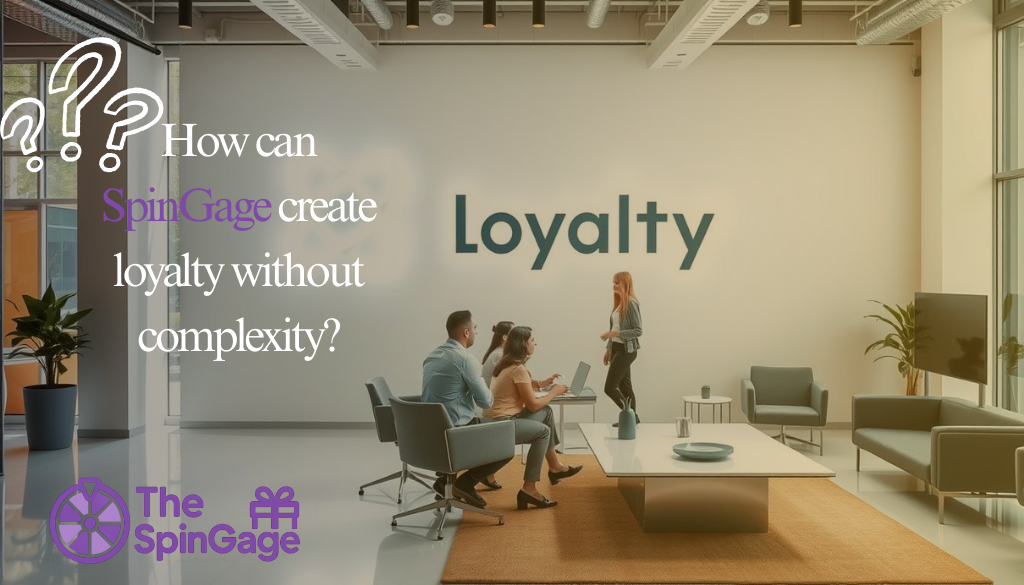
SpinGage creates loyalty without complexity by streamlining the customer experience and offering clear, rewarding interactions. Instead of overwhelming users with complicated programs or excessive steps, SpinGage focuses on intuitive engagement, personalized rewards, and consistent value that makes customers feel appreciated. This simplicity encourages repeat interactions, builds trust, and fosters long-term loyalty effortlessly.
Don’t let your customers slip away. Discover the strategies, insights, and actionable steps to design a loyalty program that truly delivers results. Your business growth starts with loyalty—make it work for you.
Start Building Your Loyalty Program Today →
The Business Case for Customer Loyalty Programs
Businesses that invest in customer loyalty programs often see significant returns in terms of customer retention and overall revenue. Customer retention is a critical aspect of any successful business strategy, as it directly impacts profitability and long-term sustainability.
Why Customer Retention Drives Profitability
Customer retention is more cost-effective than acquiring new customers. Studies have shown that retaining existing customers can be 5 to 25 times less expensive than acquiring new ones. Loyal customers tend to spend more over time, and their repeat business contributes significantly to a company’s revenue stream.
The ROI of Reducing Customer Churn
Reducing customer churn can have a substantial impact on a company’s profitability. Even a small reduction in churn can lead to significant revenue gains. For instance, a 5% reduction in customer churn can result in profit increases of 25% to 125%, depending on the industry.
How Loyalty Impacts Customer Lifetime Value
Loyal customers have a higher lifetime value (CLV) due to their repeat purchases and potential for upselling or cross-selling. By fostering loyalty, businesses can increase CLV, leading to enhanced revenue and profitability.
To illustrate the impact of customer loyalty on business performance, consider the following data:
| Metric | Average Customer | Loyal Customer |
|---|---|---|
| Purchase Frequency | 2 times/year | 5 times/year |
| Average Order Value | $50 | $75 |
| Customer Lifetime Value | $200 | $1,500 |
By understanding the financial benefits of customer loyalty programs, businesses can make informed decisions about their loyalty strategies and investments.
Types of Loyalty Programs That Drive Results
Loyalty programs come in various forms, each designed to foster customer loyalty and increase brand engagement. The key to a successful loyalty program lies in understanding the different types available and selecting the one that best aligns with your business goals and customer preferences.
Points-Based Reward Systems
Points-based systems are among the most popular loyalty programs. Customers earn reward points for every purchase they make, which can be redeemed for discounts, free products, or other rewards. This type of program is effective because it’s simple to understand and encourages repeat purchases.
Tiered Membership Structures
Tiered membership structures offer different levels of rewards based on customer loyalty or spending habits. As customers progress through the tiers, they unlock more exclusive benefits, motivating them to continue their loyalty to the brand.

Paid VIP or Premium Memberships
Paid VIP or premium memberships offer customers exclusive benefits in exchange for an annual fee. These programs can create a sense of prestige and belonging among members, leading to increased loyalty.
Value-Based and Non-Monetary Programs
Value-based programs focus on rewarding customers for behaviors that align with the brand’s values, such as environmental sustainability. Non-monetary rewards, like exclusive experiences or early access to new products, can also be highly effective.
Partnership and Coalition Loyalty Models
Partnership and coalition loyalty models involve collaborating with other businesses to offer a shared loyalty program. This can expand the program’s reach and offer more diverse rewards to customers.
| Type of Loyalty Program | Description | Benefits |
|---|---|---|
| Points-Based | Customers earn points for purchases | Simple, encourages repeat purchases |
| Tiered Membership | Rewards based on loyalty or spending | Motivates customers to progress through tiers |
| Paid VIP | Exclusive benefits for a fee | Creates prestige, increases loyalty |
By understanding the different types of loyalty programs available, businesses can design a program that effectively drives customer loyalty and retention. Whether through loyalty rewards, exclusive experiences, or tiered memberships, the right program can significantly impact a company’s bottom line.
“The key to a successful loyalty program is to make it simple, yet rewarding enough to keep customers engaged.”
Setting Strategic Objectives for Your Loyalty Program
Establishing a successful loyalty program begins with setting clear strategic objectives. This foundational step ensures that the program is focused and effective in driving customer loyalty and retention.
Defining Clear and Measurable Goals
To create a successful loyalty program, businesses must define clear and measurable goals. This involves identifying specific objectives, such as increasing customer retention rates or boosting average order value. By setting quantifiable targets, companies can evaluate the program’s effectiveness and make data-driven decisions.
Aligning Loyalty Initiatives with Business Strategy
A loyalty program should align with the overall business strategy. This means integrating loyalty initiatives with broader company goals, such as expanding into new markets or improving customer experience. By doing so, businesses can ensure that their loyalty program supports long-term objectives.
Establishing KPIs to Track Program Performance
To measure the success of a loyalty program, businesses must establish key performance indicators (KPIs). Common KPIs include customer retention rates, redemption rates, and program enrollment numbers. By tracking these metrics, companies can assess the program’s impact and identify areas for improvement.
| KPI | Description | Example |
|---|---|---|
| Customer Retention Rate | Percentage of customers retained over a given period | 75% of customers retained after 6 months |
| Redemption Rate | Percentage of rewards redeemed by customers | 40% of issued rewards redeemed within 3 months |
| Program Enrollment Numbers | Total number of customers enrolled in the loyalty program | 50,000 customers enrolled within the first year |
Understanding Your Customer Base Before Launch
Understanding your customers is the foundation upon which a successful loyalty program is built. Before you launch a loyalty initiative, it’s crucial to have a deep understanding of your customer base.
Conducting Effective Customer Research
Effective customer research is the cornerstone of any successful loyalty program. This involves gathering data on customer behaviors, preferences, and pain points. By leveraging data analytics tools and conducting surveys or focus groups, businesses can gain valuable insights into their customers’ needs.
Segmenting Customers for Targeted Loyalty Approaches
Not all customers are the same, and a one-size-fits-all approach to loyalty programs often falls short. Segmenting your customer base allows you to tailor your loyalty initiatives to different groups, increasing their effectiveness. Common segmentation criteria include purchase history, demographic data, and engagement levels.

Identifying High-Value Customer Behaviors to Reward
To maximize the ROI of your loyalty program, it’s essential to identify and reward high-value customer behaviors. This could include frequent purchases, referrals, or engagement with your brand on social media. By incentivizing these behaviors, you can drive further customer loyalty and retention.
Determining What Motivates Your Specific Audience
Different customers are motivated by different rewards and incentives. Some may value discounts, while others may prefer exclusive experiences or early access to new products. Understanding what motivates your specific audience is key to designing a loyalty program that resonates with them.
| Customer Segment | Preferred Rewards | Motivational Factors |
|---|---|---|
| Frequent Buyers | Discounts, Exclusive Offers | Reward Points, Early Access |
| Social Media Engagers | Experiences, Swag | Recognition, Contests |
| Referral Leaders | Premium Services, Cashback | Incentives, Status |
By understanding your customer base and tailoring your loyalty program to their needs and preferences, you can create a more effective and engaging loyalty initiative that drives long-term customer loyalty.
Designing a Loyalty Program Structure That Drives Engagement
Designing a loyalty program that truly engages customers requires a deep understanding of their needs and preferences. A well-crafted loyalty program structure is essential for driving customer loyalty and retention.
Creating an Intuitive Earning Mechanism
An effective loyalty program starts with a simple and intuitive earning mechanism. Customers should easily understand how to earn points or rewards. For instance, a points-based system where customers earn points for every dollar spent can be highly effective.
Establishing Valuable Redemption Options
The redemption options are just as crucial as the earning mechanism. Offering a variety of redemption choices, such as discounts, free products, or exclusive services, caters to different customer preferences. This flexibility enhances the perceived value of the loyalty membership.
Balancing Program Economics and Profitability
A successful loyalty program must balance customer rewards with business profitability. Companies need to analyze the cost of rewards against the benefits of increased customer loyalty. This involves careful financial planning to ensure the program remains sustainable.
Incorporating Gamification Elements for Increased Participation
Gamification elements, such as challenges, badges, or leaderboards, can significantly boost customer engagement. By making the loyalty experience more interactive and fun, businesses can encourage more active participation in their loyalty programs.
Making Your Program Easy to Understand and Use
Finally, it’s crucial that the loyalty program is easy for customers to understand and use. Clear communication about how the program works, how to earn rewards, and how to redeem them is vital. Simplifying the user experience can lead to higher engagement rates and a more successful loyalty membership program.
By focusing on these key elements, businesses can design a loyalty program structure that not only attracts customers but also retains them, driving long-term growth and profitability.
Selecting Rewards That Create Genuine Customer Value
To create a loyalty program that truly works, businesses must focus on delivering rewards that resonate with their customers. The right rewards can significantly enhance the effectiveness of a loyalty program, fostering a deeper connection with customers and driving long-term loyalty.
Monetary vs. Experiential Reward Options
When it comes to loyalty programs, businesses often debate between monetary and experiential rewards. Monetary rewards, such as discounts and cashback, are straightforward and appealing to many customers. On the other hand, experiential rewards, like exclusive events or early access to new products, can create memorable experiences that foster emotional connections.
A balanced approach often yields the best results. For instance, a study found that 62% of consumers prefer rewards that offer a mix of monetary and experiential benefits.

Exclusive Benefits and Status Perks
Exclusive benefits and status perks can significantly enhance the appeal of a loyalty program. By offering VIP treatment, businesses can make their loyal customers feel valued and appreciated. This can include perks like free shipping, dedicated customer service, or access to exclusive sales.
“The key to a successful loyalty program is to make customers feel like they’re part of an exclusive club.” –
Marketing Expert
Personalized Rewards Based on Customer Data
Personalization is key to making customers feel valued. By leveraging customer data, businesses can offer personalized rewards that are tailored to individual preferences and behaviors. This not only increases the perceived value of the rewards but also enhances customer engagement.
- Use purchase history to offer relevant discounts
- Provide birthday rewards to make customers feel special
- Offer rewards based on customer preferences and behaviors
Creating Emotional Connections Through Strategic Rewards
Rewards that create emotional connections can lead to deeper customer loyalty. By offering rewards that resonate with customers on an emotional level, businesses can build a stronger bond with their customers.
| Reward Type | Emotional Benefit |
|---|---|
| Charitable Donations | Feeling of contributing to a good cause |
| Exclusive Experiences | Feeling of being part of a special group |
By carefully selecting rewards that create genuine customer value, businesses can significantly enhance the effectiveness of their loyalty programs, driving customer retention and long-term loyalty.
Implementing Your Loyalty Program Successfully
The key to a successful loyalty program lies in its implementation, which involves several critical steps. A well-planned implementation strategy ensures that the program is launched effectively, resonates with the target audience, and drives the desired business outcomes.
Choosing the Right Technology Platform
Selecting the appropriate technology platform is crucial for the smooth operation of your loyalty program. The platform should be scalable, secure, and capable of integrating with your existing systems. According to Forrester, businesses that invest in robust loyalty technology see a significant improvement in customer engagement. When evaluating potential platforms, consider factors such as ease of use, customization options, and the ability to track and analyze customer data.
Training Staff and Creating Internal Alignment
For a loyalty program to succeed, it’s essential that all staff members understand its benefits and mechanics. Comprehensive training programs should be implemented to ensure that employees can effectively communicate the value of the loyalty program to customers. As Harvard Business Review notes, “Employees who are knowledgeable about the loyalty program can significantly enhance the customer experience.” Internal alignment is also crucial, as it ensures that all departments are working towards the same goals.
Developing a Phased Rollout Strategy
A phased rollout strategy allows businesses to test and refine their loyalty program before a full-scale launch. This approach helps identify potential issues, gauge customer response, and make necessary adjustments. A phased rollout can also help manage resources more effectively and reduce the risk of overwhelming the system or staff.
Creating Clear Customer Communication Materials
Clear and concise communication is vital to the success of any loyalty program. Businesses should develop comprehensive materials that explain how the program works, the benefits it offers, and how customers can participate. As
“Clear communication is key to customer understanding and participation,”
says a loyalty marketing expert. These materials should be accessible across various channels, including email, social media, and in-store promotions.
Testing Program Elements Before Full Launch
Before launching the loyalty program fully, it’s crucial to test its various elements to ensure they function as intended. This includes testing the enrollment process, reward redemption, and customer communication. Testing helps identify and rectify any issues, ensuring a smooth launch and a positive customer experience. Testing also provides valuable insights into customer behavior and preferences, allowing for data-driven decisions.
By focusing on these critical aspects, businesses can implement a loyalty program that not only meets but exceeds customer expectations, driving long-term loyalty and business success.
Measuring and Optimizing Your Loyalty Program Performance
To maximize the impact of a loyalty program, it’s crucial to continually measure and optimize its performance. This involves a multifaceted approach that includes tracking key metrics, gathering customer feedback, and making data-driven adjustments.
Essential Metrics for Loyalty Program Success
Understanding the right metrics is vital for assessing the effectiveness of a loyalty program. Key performance indicators (KPIs) such as customer retention rates, redemption rates, and overall program engagement provide valuable insights into program performance.
| Metric | Description | Importance |
|---|---|---|
| Customer Retention Rate | Percentage of customers retained over a period | High retention indicates a successful loyalty program |
| Redemption Rate | Percentage of rewards redeemed by customers | High redemption rates suggest relevant rewards |
| Program Engagement | Level of customer interaction with the loyalty program | High engagement indicates program effectiveness |
Conducting Regular Program Audits
Regular audits help identify areas for improvement and ensure the program remains aligned with business objectives. This process involves reviewing program structure, rewards, and communication strategies.
Gathering and Implementing Customer Feedback
Customer feedback is a valuable resource for optimizing loyalty programs. By gathering insights through surveys, focus groups, or social media, businesses can make informed decisions to enhance program appeal.
Making Data-Driven Program Adjustments
Using data analytics, businesses can refine their loyalty programs to better meet customer needs. This might involve adjusting reward thresholds, introducing new rewards, or enhancing program communication.
Addressing Common Loyalty Program Challenges
Loyalty programs often face challenges such as low engagement or high costs. By identifying these issues early and implementing corrective measures, businesses can ensure their loyalty programs remain effective and profitable.
By following these strategies, businesses can optimize their loyalty programs, driving long-term customer loyalty and ultimately, business success.
Conclusion: Building Long-Term Success with Your Loyalty Strategy
Creating a successful customer loyalty program requires a deep understanding of your customer base and a well-designed strategy. By implementing the strategies discussed, businesses can foster a loyal customer base and drive long-term success.
A key component of a successful loyalty program is the ability to continually measure and optimize its performance. This involves tracking essential metrics, conducting regular program audits, and gathering customer feedback to make data-driven adjustments.
Effective loyalty apps and loyalty membership programs can help businesses achieve their customer loyalty goals. By leveraging these tools and continually refining their loyalty strategy, businesses can build strong, lasting relationships with their customers and drive long-term growth.
FAQ
What is a customer loyalty program?
A customer loyalty program is a marketing strategy designed to encourage customers to continue purchasing from a brand by offering rewards, discounts, and other incentives.
How do loyalty programs increase customer retention?
Loyalty programs increase customer retention by providing customers with a reason to return to a brand, making them feel valued and appreciated through rewards and exclusive offers.
What are the different types of loyalty programs?
There are several types of loyalty programs, including points-based reward systems, tiered membership structures, paid VIP or premium memberships, value-based and non-monetary programs, and partnership and coalition loyalty models.
How do I choose the right loyalty program for my business?
To choose the right loyalty program, consider your business goals, target audience, and customer preferences, and select a program that aligns with these factors.
What are some common challenges associated with loyalty programs?
Common challenges include low participation rates, difficulty in measuring program effectiveness, and maintaining customer engagement over time.
How can I measure the success of my loyalty program?
To measure the success of your loyalty program, track key performance indicators (KPIs) such as customer retention rates, redemption rates, and overall program ROI.
How often should I update or refresh my loyalty program?
It’s a good idea to regularly review and update your loyalty program to keep it fresh and engaging for customers, and to ensure it remains aligned with your business goals.
Can loyalty programs be integrated with other marketing strategies?
Yes, loyalty programs can be integrated with other marketing strategies, such as email marketing, social media, and customer relationship management (CRM) systems, to maximize their impact.
How do loyalty apps enhance customer loyalty?
Loyalty apps enhance customer loyalty by providing a convenient and personalized way for customers to engage with a brand, earn rewards, and receive exclusive offers.
What is the role of customer data in loyalty marketing?
Customer data plays a crucial role in loyalty marketing, as it allows businesses to understand customer behavior, preferences, and needs, and tailor their loyalty programs accordingly.

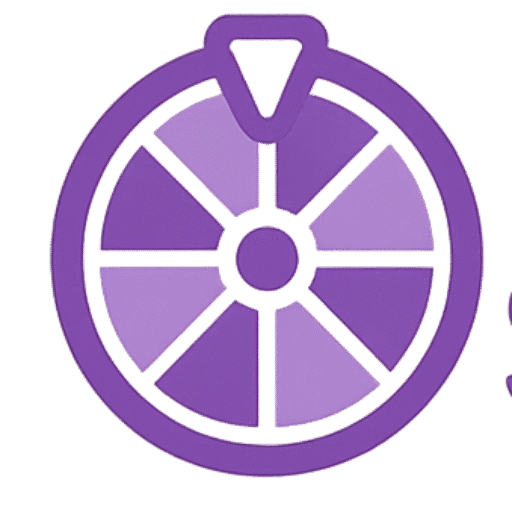

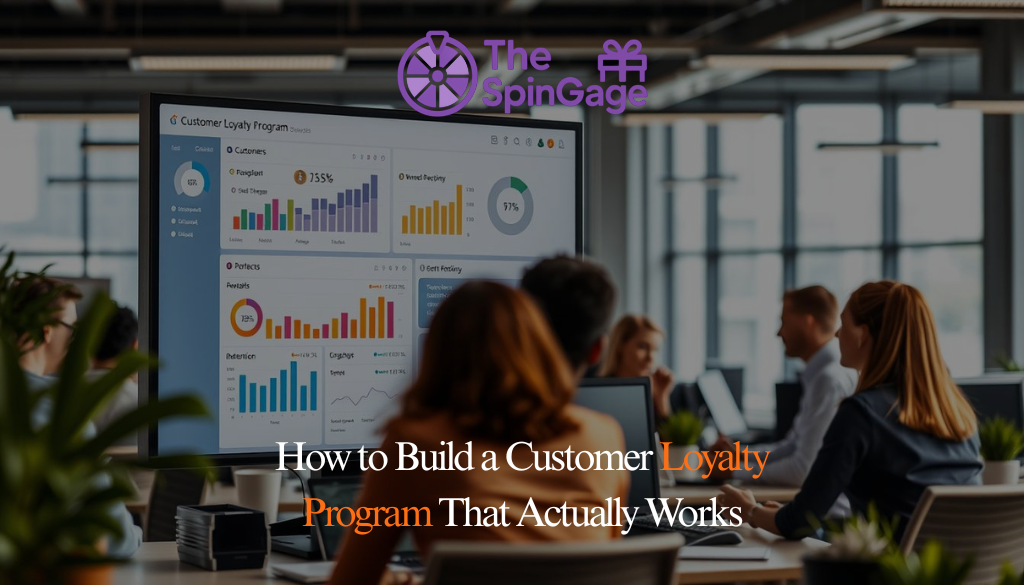
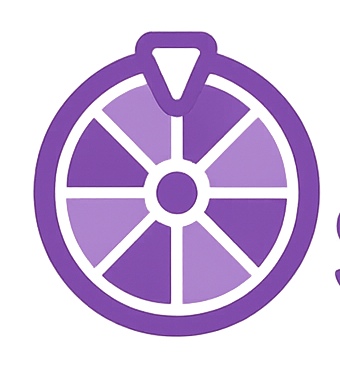

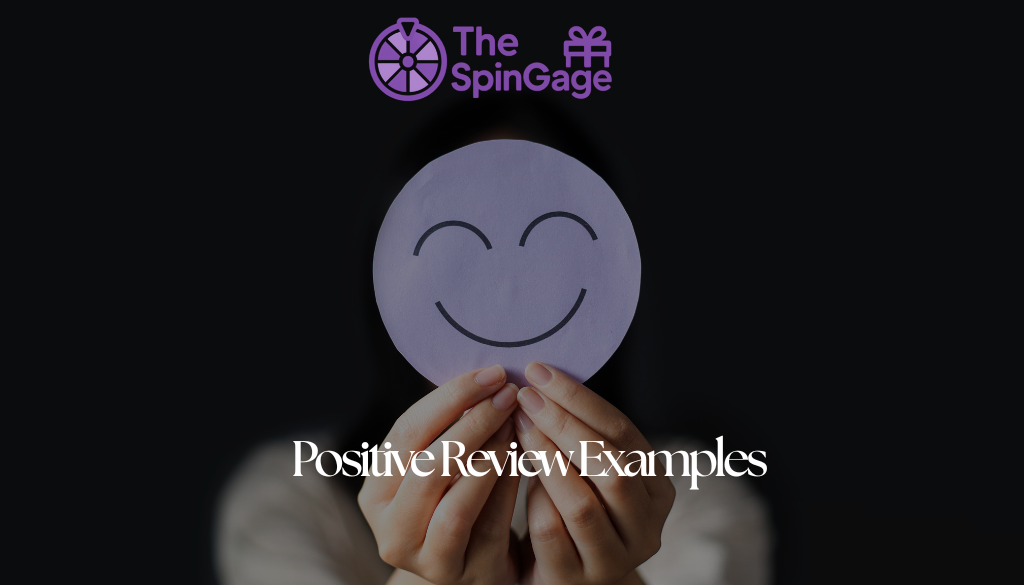
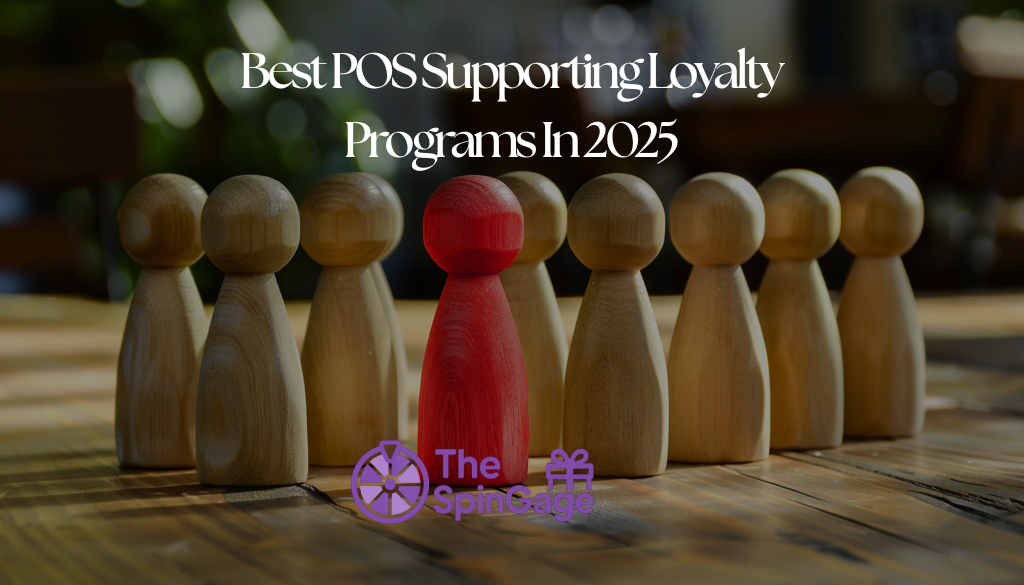
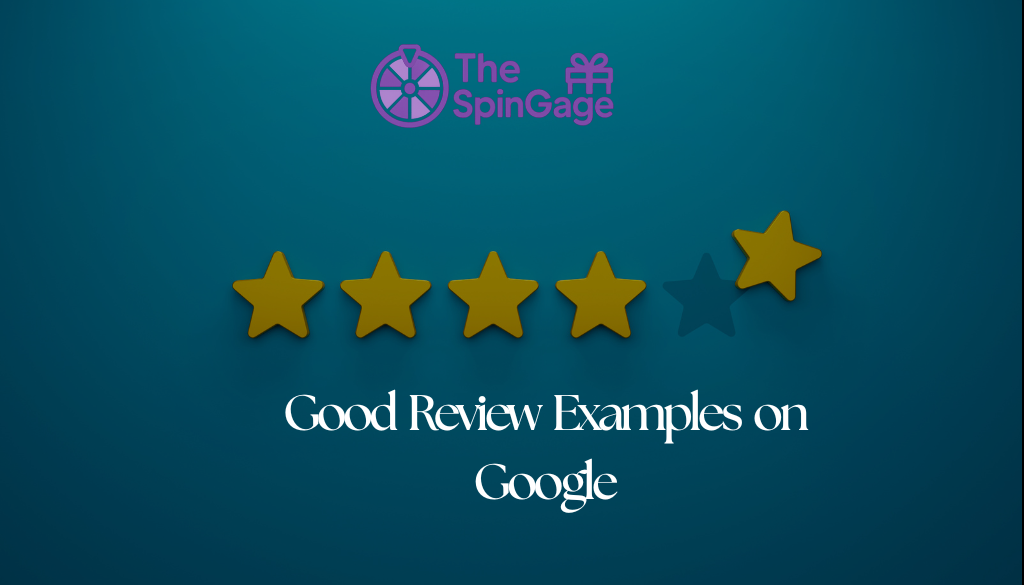


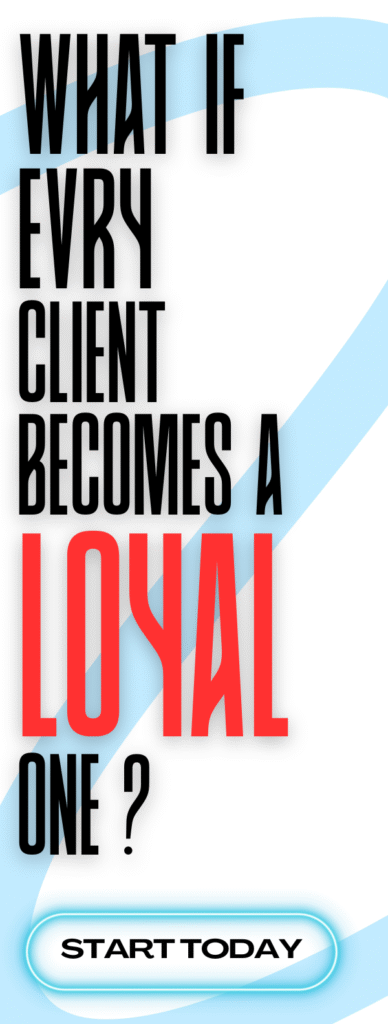
Leave a Reply